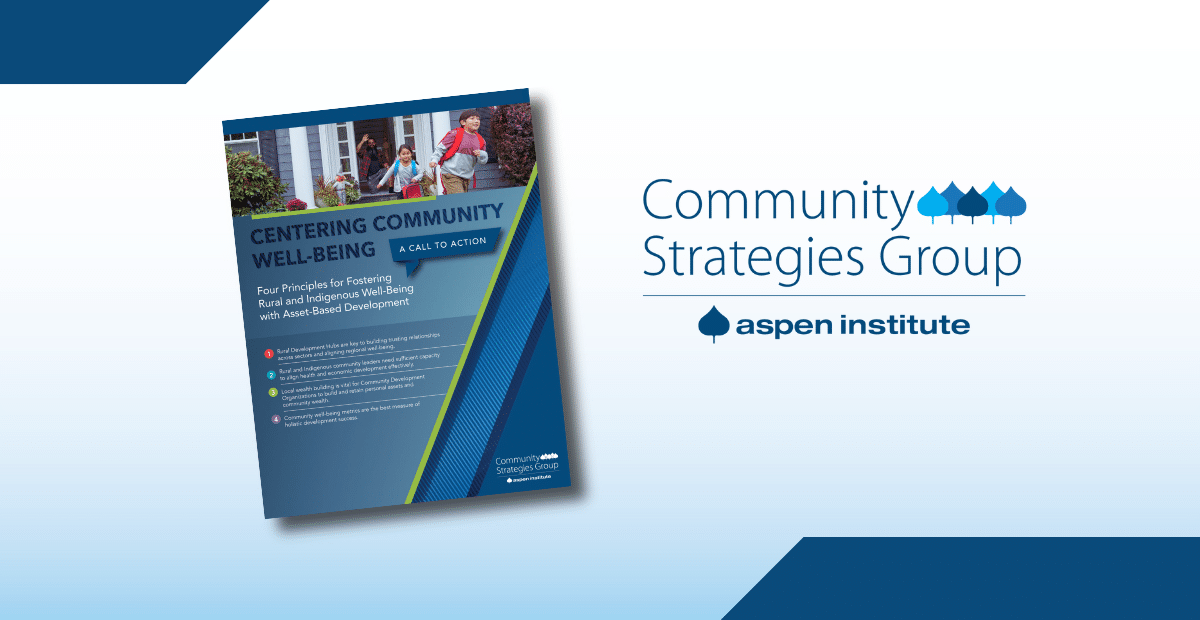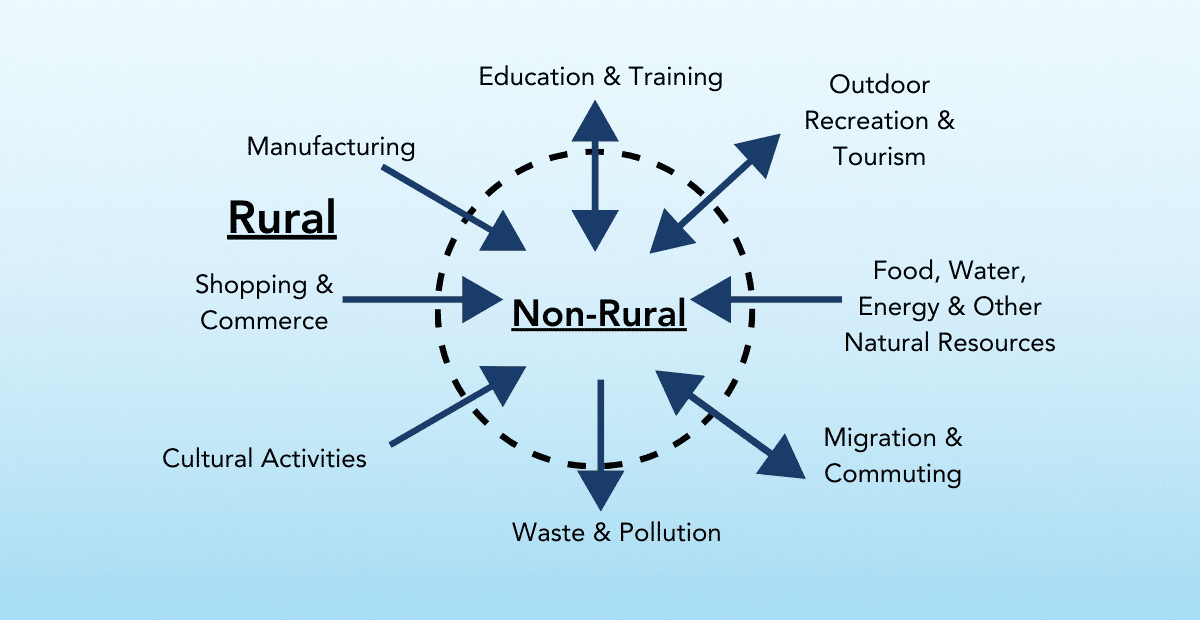In early March, a group of experts and practitioners came together to discuss the challenges rural students face in pursuing education beyond high school—as well as innovative solutions that can support them on that path. This Gaining by Degrees: Increasing Rural Education, Career and Community Success session, one in the America’s Rural Opportunity series, was sponsored by rootEd Alliance with the Aspen Institute Community Strategies Group and the Rural Development Innovation Group.
Since that time, the world as we know it has drastically shifted, with millions of young people in rural America’s high schools now facing an even more uncertain future. Their preexisting barriers—from broadband connectivity issues to historically higher levels of poverty—have only been amplified amidst COVID-19, threatening to reduce rural America’s lower higher education attainment even further. As school districts, colleges and universities, and community-based organizations grapple with the immediate shocks and long-term implications of the pandemic, we checked in with our March panelists to see how their students are coping, how their teams are reacting, and what the novel coronavirus could mean for rural education.
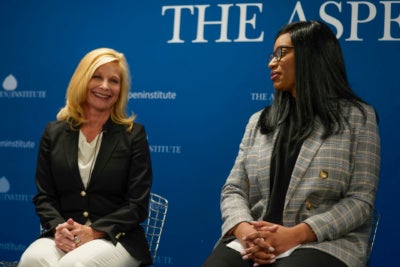
Brianna Morton is a College Access Counselor, but a better title for her might be “Barrier Breaker.” At Riverside High School in Decatur County, Tennessee—home to 11,700 people, where one in four children lives below the poverty line—she works tirelessly to ensure that nothing stands in a student’s way of pursuing their dreams through post-secondary education. Since the schools in Tennessee shut their doors, she has remained committed as ever to helping students overcome any financial, academic, socioemotional, or logistical challenges preventing them from graduating from high school and enrolling in college in the fall. Together with her team at the Ayers Foundation, which oversees a highly successful program that has placed counselors in multiple Missouri and Tennessee high schools solely dedicated to helping rural students with college access and success, Brianna has spent each day conducting one-on-one video chats with at least 15 students, coordinating the distribution of Wi-Fi hotspots for kids without internet access, and live streaming interviews with campus representatives to give students a taste of what’s to come.
Michelle Bailey of the Pennsylvania College Advising Corps is likewise adapting her college counseling efforts to meet the students of Panther Valley High School—in Lansford, a former coal town—where they are. In Michelle’s case, that has been via email, postal mail, online sessions, telephone, text, video, Instagram, and other social media. Facing the same limited or low-quality home broadband and equipment in student homes as Brianna, Michelle is simply using whatever works, but engaging fewer than half the students she was managing onsite when the school doors were open. More participation is surfacing as she advertises Decision Day – an end-of-year celebration for seniors and their families to recognize seniors’ postsecondary plans. It will consist of a video featuring senior plans, a live raffle drawing on Instagram, with entries earned by seniors who submit their photos in college/military/job gear or show proof of FAFSA completion. To get everyone excited for Decision Day, Michelle also launched a “senior spotlight” campaign on social media, a huge success in the community that has also engaged many parents.
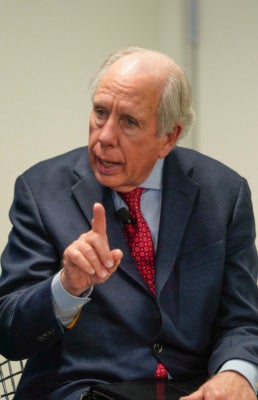
Thanks to this powerful and relentless work, Brianna’s and Michelle’s students have a stronger chance of beating the odds than the millions of other rural students for whom educational opportunity is financially, geographically, or psychologically out of reach. While COVID-19 has been slower to take hold in rural areas, the strains on rural healthcare systems and economic livelihoods as a result of containing the pandemic could be devastating. What Bob Templin, a Senior Fellow in the Aspen Institute’s College Excellence Program and former president of Northern Virginia Community College, described as “an opportunity gap, not an ability gap” in rural educational attainment back during our March event will only widen as rural students struggle to keep up with online learning, as the cost of college feels (or becomes) even less tenable, as some rural colleges and university extensions close, and as their communities lose hope.
Janet Ayers, for one, is trying to stay positive. Through the Ayers Foundation, Janet has placed barrier breakers like Brianna in rural schools across Tennessee with a laser-like focus on improving outcomes for the past twenty years. In one high school, the number of students pursuing postsecondary education has quadrupled since the Foundation’s work there began. Inspired by her background in the nursing home industry, Janet seeks to provide wraparound services to all students so that nothing gets in their way of pursuing their educational and career goals. The virus has now laid bare the chronic underinvestment in rural communities that Janet has been trying to address for years. As a result, she is cautiously optimistic that the pandemic and its aftermath can spur real action on issues like broadband access and hospital deserts. She even wonders if it might encourage more rural students to return to their hometowns after completing postsecondary education, breaking the cycle of “brain drain” that has long plagued many rural areas.
Back in March, Dr. Hal Higdon, chancellor of Ozarks Technical Community College (OTC) in southwest Missouri, described how his institution was supporting rural students’ college completion by adapting some of the best practices that Janet and her counselors use to support rural students before they reach the college’s doors. This past fall, with a grant from rootEd Alliance, OTC embedded advisors in a group of local high schools to provide comprehensive support to all students as they consider their futures after high school. OTC has also been working to reimagine student support services across the institution. Taken together, these “simple and effective” efforts, as Dr. Higdon described them, have the potential to benefit not only the individual students and the institution but also the local economy as students are better equipped with the locally-in-demand skills provided through well-designed OTC curriculum built in partnership with local businesses.
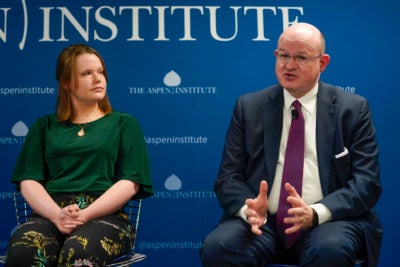
While OTC has drastically shifted their operations in the face of COVID-19, they are no less focused on providing their students with proactive support and comprehensive resources. In fact, the work has only accelerated. Within a week of the college going virtual, OTC’s staff—including Dr. Higdon—divided up the roster and called every single student to assess their technological, financial, and socio-emotional needs. They launched an online resource hub where students can find information on advising, tutoring and counseling, schedule appointments, ask questions in a live chat, and submit requests for hunger, health, and hygiene needs. With a clear digital divide among their students, they have tried to get creative about providing connectivity to the students who need it the most, including operating a computer lab with stringent social distancing policies at each of their college locations.
As an institution, OTC has all hands on deck to help students overcome their immediate hurdles while preparing for an uncertain future. On the one hand, economic downturns have often resulted in higher enrollment, which OTC experienced following the 2008 financial crisis. With unemployment at all-time highs and the economy in flux, adults may turn to community colleges for reskilling, and high school graduates may opt out of four-year universities for a more affordable option closer to home. However, many students may not emerge from crisis mode quickly enough to make those plans – and even those who do may be vastly underprepared when they get there.
More broadly, all our partners are considering what small towns and rural areas may look like once the dust settles. Many of these places, never fully recovered from the last recession, may be severely impacted by temporary business closures brought on by COVID-19 and the lack of connectivity to work (or learn) remotely. In Branson, Missouri, for example, the economy, heavily dependent on tourism, was already afflicted by seasonal unemployment before the current pandemic. While they have worked to diversify their economy in recent years – including opening up a branch campus of OTC – the short and long-term economic effects of COVID-19 could be devastating if their resorts and theme parks remain closed through the summer high season.
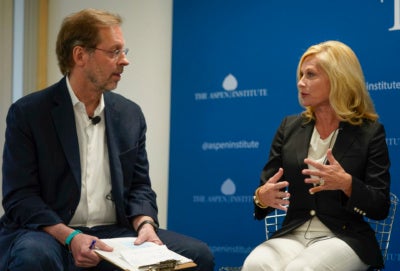
And yet, in the face of unprecedented challenges and vast uncertainty, we all remain committed to securing brighter educational outcomes for rural students and stronger livelihoods for rural communities. This moment has only reinforced the important roles that philanthropy, public policy and the private sector each play in supporting students and communities, in communicating with one another, and in spreading effective solutions across rural areas. As Janet Ayers noted back in March, “Philanthropy is good at innovation and implementation,” but it takes “smart policy levers” to really move the needle. We must all keep this is in mind as we look ahead to the enormous task of rebuilding post-COVID-19, and as we work to ensure that rural communities emerge more prosperous, resilient, and ready for the future.
Noa Meyer is President of rootEd Alliance, a collaborative philanthropic effort made possible by BDT & Company and a group of family business owners and individuals. For more information on how rootEd Alliance seeks to improve college and career outcomes, accelerate shared learning, and inspire collaboration across rural America, please visit rootEdAlliance.org.



